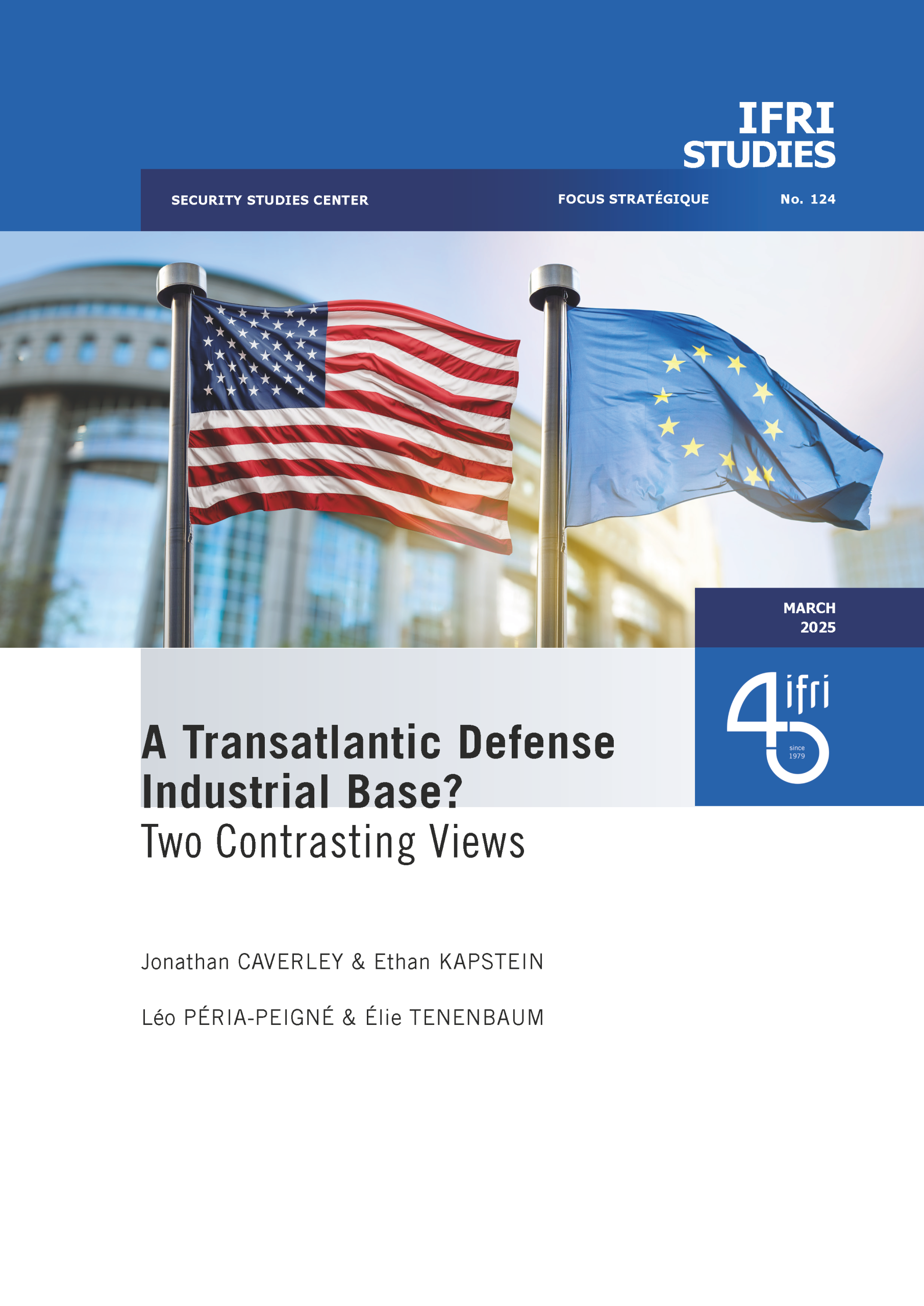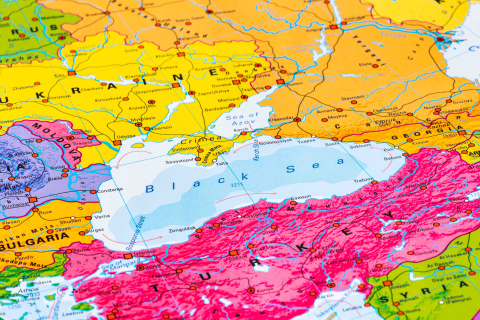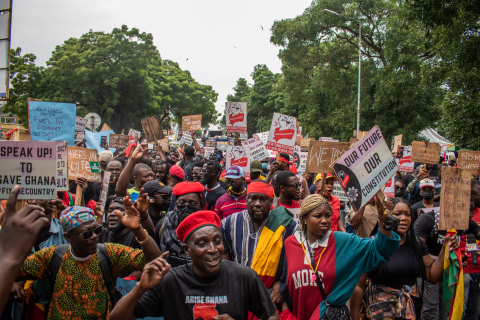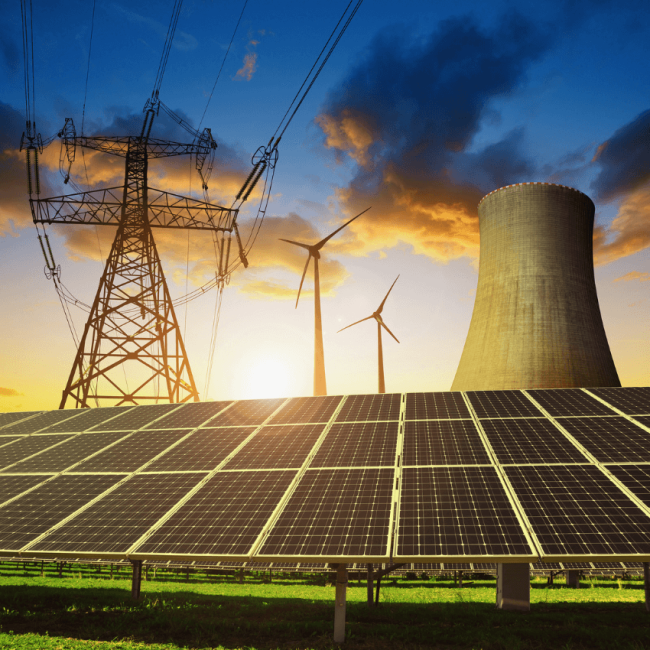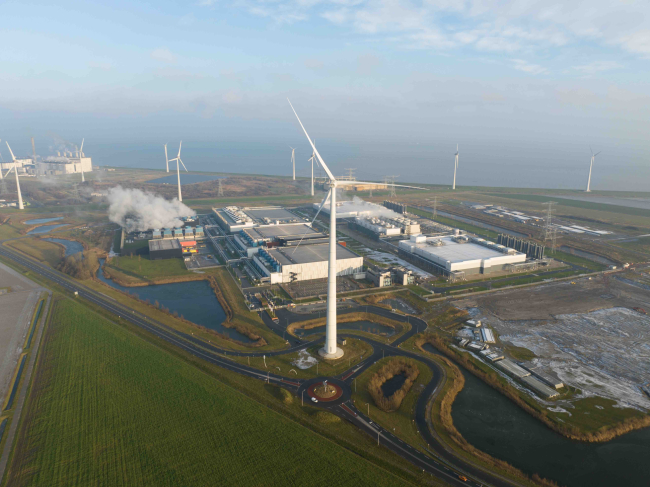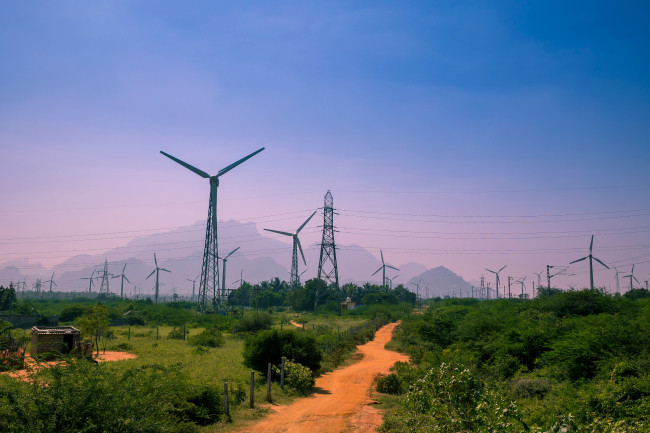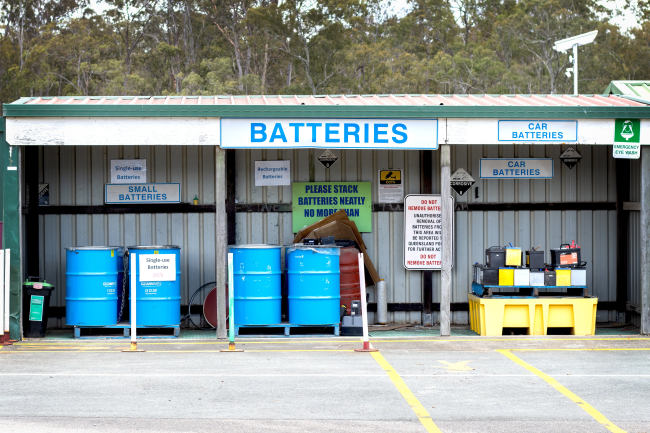Implementing the EU Climate and Energy Package with the Economic Crisis

The reinforcement of European Union"s climate policy in the decade to come was prepared and decided in 2007-2008 via the EU Climate and Energy Package. But in the meantime, the economic conditions have radically changed. This new study released by Ifri analyzes how the economic downturn in Europe will affect the EU"s greenhouse gases emissions and its ability to reach its 20% emission reduction's target by 2020 compared to 1990. Indeed, the global economic crisis that has affected Europe since the end of 2008 will have a significant impact on greenhouse gases emissions and help the EU bend further its emissions path in the years to come. In order to measure this “reduction bonus” generated by the economic crisis, the study builds several scenarios of EU-wide energy-related CO2 emission profiles until 2013 and until 2020 by adjusting the European Commission"s 2020 pre-crisis growth scenario (the one used to prepare the EU Climate and Energy Package in 2007-2008) under a reviewed post-crisis macroeconomic hypothesis that takes into account latest International Monetary Fund's previsions for the recovery that cover the period until 2014. The scenarios also draw on the patterns of energy and carbon intensities in the past to project EU energy and carbon intensities to 2020 under various hypotheses. The study shows that the emission gap obtained thanks to the new economic path in Europe following the crisis will not be instrumental in complying with the Union"s target by 2020. It will not be sufficient in itself to cut EU-wide greenhouse gases emissions at such a level. The package"s requirements are still relevant and tough enough for member states in the context of the economic crisis. The challenge remains as great as before (and even greater for the question of financing) for the EU to find a way to both significantly improve the energy efficiency of its economy and to transform its energy mix to give it a much more low-carbon profile.

Available in:
Regions and themes
Share
Download the full analysis
This page contains only a summary of our work. If you would like to have access to all the information from our research on the subject, you can download the full version in PDF format.
Implementing the EU Climate and Energy Package with the Economic Crisis
Related centers and programs
Discover our other research centers and programsFind out more
Discover all our analysesAI, Data Centers and Energy Demand: Reassessing and Exploring the Trends
The information and communication technologies sector today accounts for 9% of global electricity consumption, data centers for 1-1.3%, and artificial intelligence (AI) for less than 0.2%. The growing energy demands of cloud services first, and now AI workloads (10% of today’s data centers electricity demand), have exacerbated this trend. In the future, hyperscale data centers will gain shares amongst all kinds of data centers and AI will probably account for around 20% of data centers electricity demand by 2030.
Unlocking India’s Energy Transition: Addressing Grid Flexibility Challenges and Solutions
India is rapidly scaling up its renewable energy (RE) capacity, adding 15–20 GW annually, but the ambitious goal of 500 GW of non-fossil capacity by 2030 is at risk unless the pace accelerates.
Europe’s Black Mass Evasion: From Black Box to Strategic Recycling
EV batteries recycling is a building block for boosting the European Union (EU)’s strategic autonomy in the field of critical raw minerals (CRM) value chains. Yet, recent evolutions in the European EV value chain, marked by cancellations or postponements of projects, are raising the alarm on the prospects of the battery recycling industry in Europe.
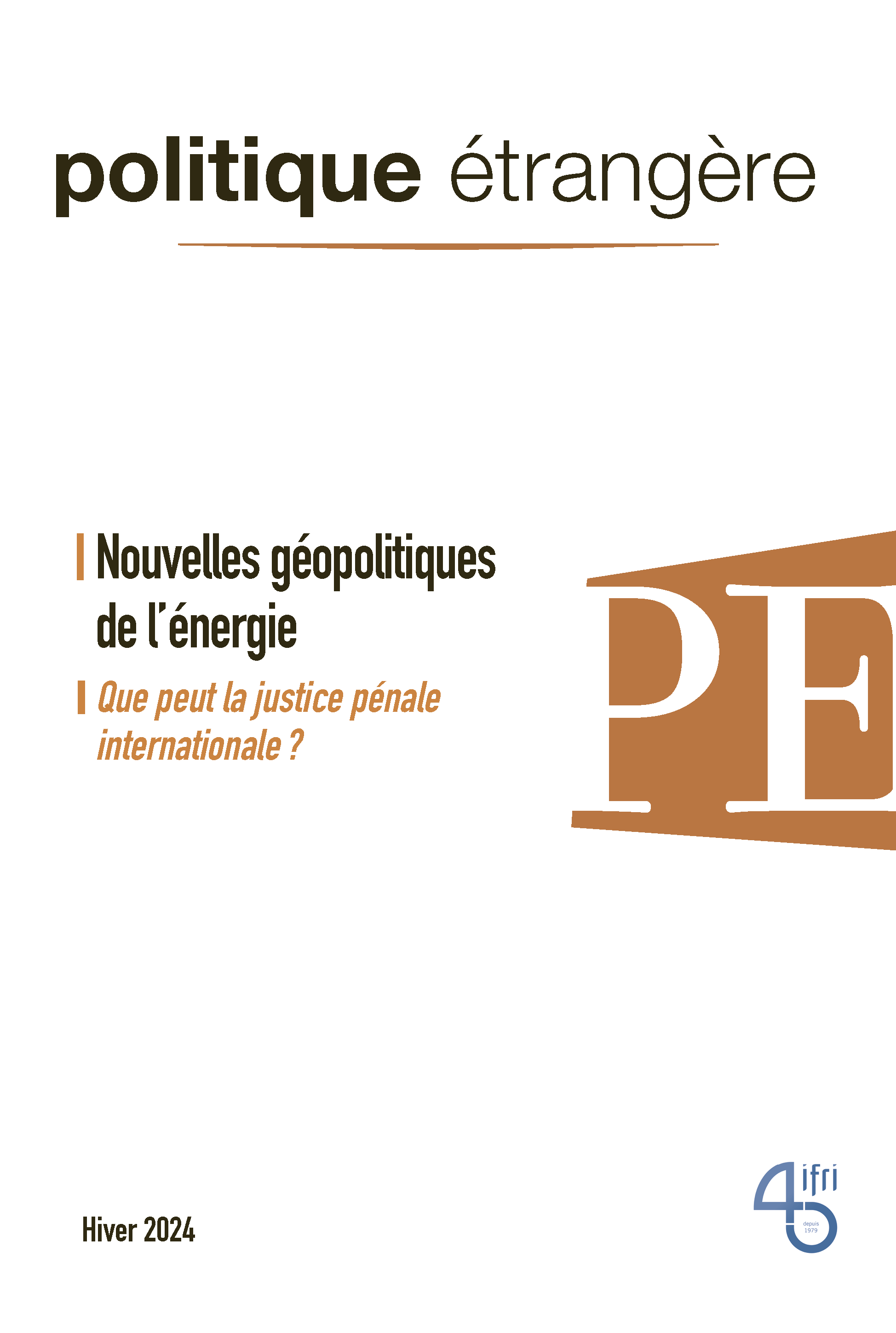
The New Geopolitics of Energy
Following the dramatic floods in Valencia, and as COP29 opens in Baku, climate change is forcing us to closely reexamine the pace—and the stumbling blocks—of the energy transition.


